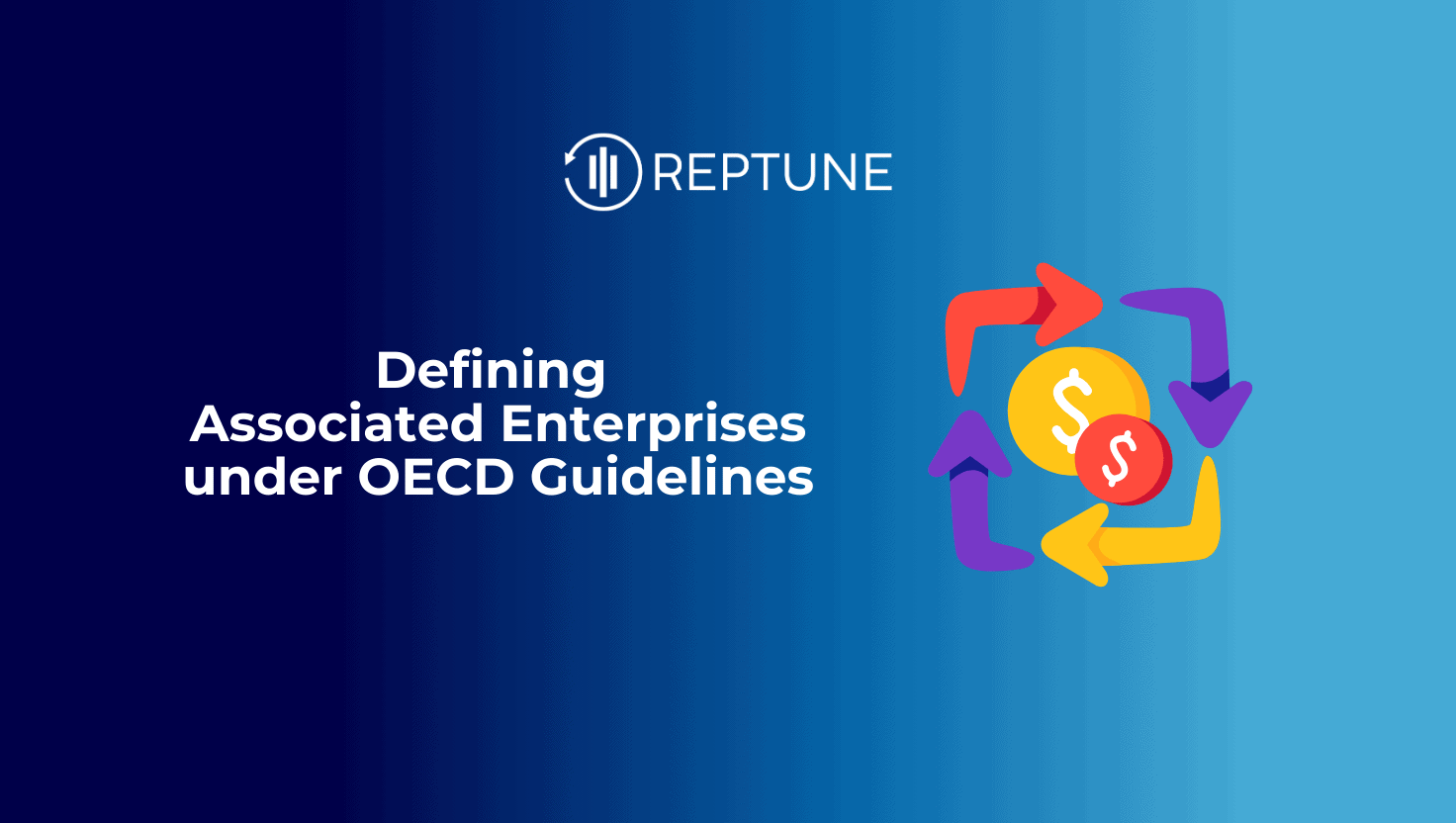
For multinational corporations, identifying associated enterprises is essential to applying the arm’s length principle to intercompany transactions. This ensures prices align with those used between unrelated parties, helping to avoid double taxation and stay compliant with complex transfer pricing regulations across global tax jurisdictions.
The OECD guidelines, particularly Article 9 of the Model Tax Convention, define associated enterprises by evaluating influence over management, control, or capital—without specifying a fixed ownership percentage. This broad approach allows flexibility but has also created variation across countries.
Among OECD nations, definitions of associated enterprises fall into two categories:
In practice, even countries using fixed thresholds often include anti-abuse rules to capture broader scenarios of influence.
Italy’s recent transfer pricing case highlighted a fluid approach to determining control. Two companies shared directors but lacked evidence of control or economic subordination. The court ruled there was no association under transfer pricing law, emphasizing the need for actual managerial influence, not just formal links.
This mirrors the OECD’s substance-over-form philosophy, underscoring that controlled transactions require genuine control—not simply ownership.
Using ownership-based rules can misclassify relationships. For instance, a 50/50 joint venture might be fiercely independent in operations, yet it would be treated as “associated” under fixed-threshold rules, triggering extensive transfer pricing documentation requirements and exposing parties to audit and transfer pricing risks.
Fluid-model countries assess real-world influence over decision-making, contractual obligations, and financial outcomes. This makes transfer pricing method application more accurate and reduces unnecessary compliance burdens when no genuine control exists.
However, it also demands greater evidence-gathering—from board minutes to transaction-level analysis—to show that transactions meet market price expectations.
Regardless of the model, tax authorities worldwide expect comprehensive transfer pricing documentation. This includes:
Firms must defend their transfer pricing method—be it CUP, TNMM, or Profit Split—ensuring that goods and services exchanged across borders are priced as if between unrelated parties.
Inaccurate association determinations can result in unwarranted transfer pricing adjustments, leading to increased tax liabilities, disputes with tax authorities, and possible double taxation. Especially in cross-border dealings, reconciling differences between jurisdictions with fixed vs. fluid definitions is essential.
Reptune is a next-gen transfer pricing software solution that simplifies global compliance through automation, analysis, and centralized management. Key benefits include:
For multinational corporations navigating mixed rules and increasing enforcement, Reptune reduces manual effort, enhances transparency, and ensures cross-border compliance with evolving standards.
To navigate diverse associated enterprise definitions:
The definition of “associated enterprises” lies at the heart of global tax compliance. Whether through fixed thresholds or fluid economic influence, companies must ensure their intercompany transactions reflect market prices and follow the arm’s length principle. The Primo Piatto case and OECD’s guidance underscore the importance of substance, not form.
With the right tools and strategy—including leading-edge solutions like Reptune—businesses can manage transfer pricing risks, meet documentation requirements, and operate confidently across borders. Book a demo with Reptune today to learn more!
